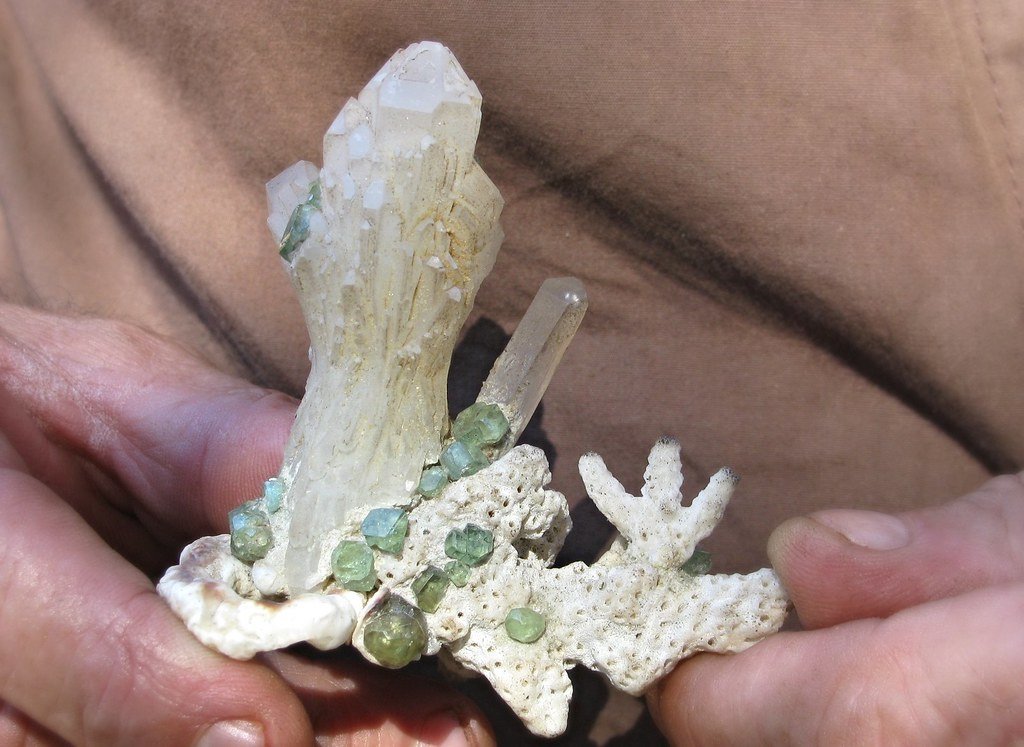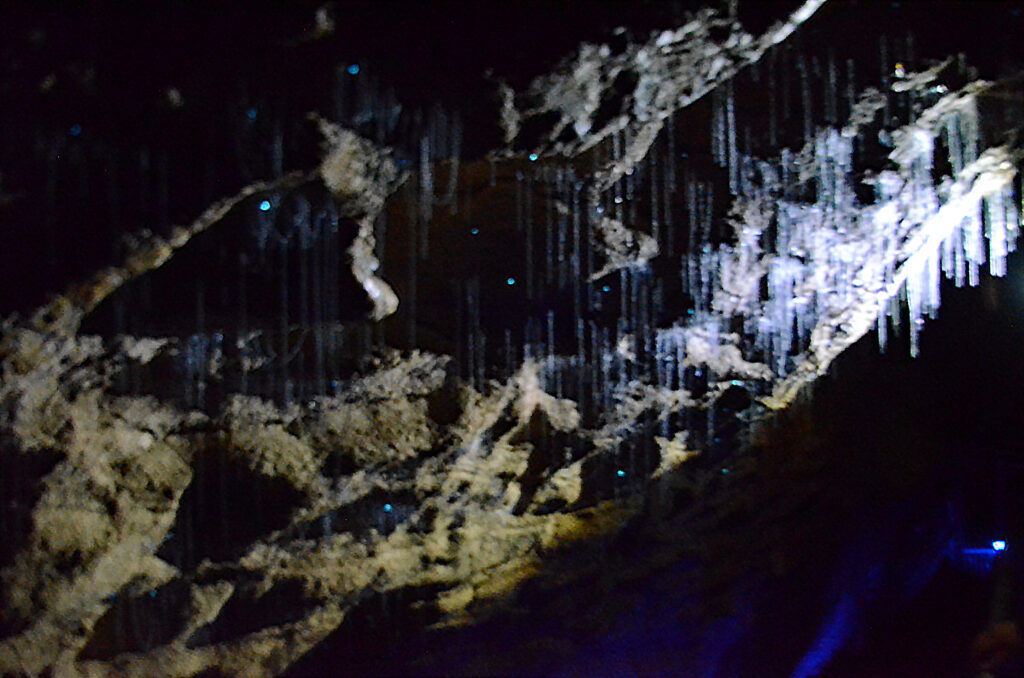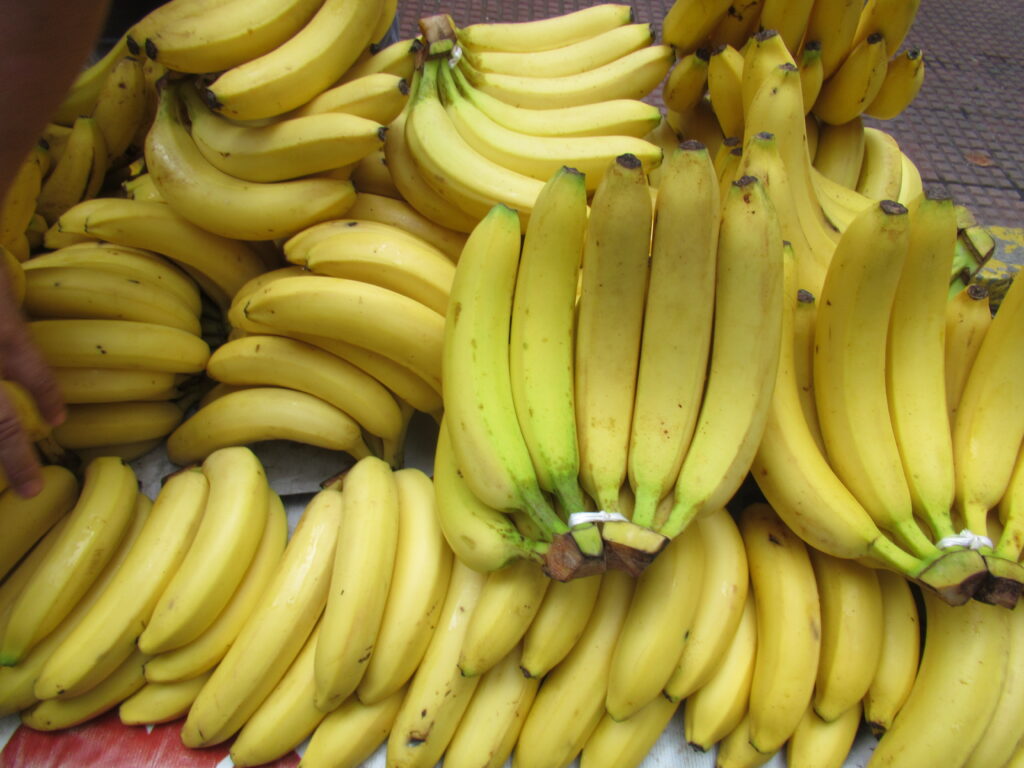Imagine walking on land that was once submerged beneath vast, warm oceans teeming with life. This is the reality in County Clare, Ireland, where fossilized coral reefs offer a fascinating glimpse into Earth’s ancient past. These submerged landscapes, now solidified into stone, tell stories of prehistoric marine ecosystems and the dramatic geological processes that have shaped our planet. But what makes these fossil coral reefs so captivating, and why should we care about these ancient structures underfoot?
The Mystique of County Clare’s Coral Reefs
County Clare’s fossil coral reefs are not just remnants of bygone eras; they are natural wonders that spark curiosity and awe. These reefs, formed over 350 million years ago during the Carboniferous period, are a testament to the dynamic nature of Earth’s history. Back then, this region was located near the equator, submerged under warm, shallow seas. The corals thrived in these conditions, creating vast reef systems that have since been preserved in stone. Today, these fossilized reefs serve as a window into a world that was once dominated by marine life, a stark contrast to the lush, green landscapes of present-day Ireland.
Unearthing Geological Time Capsules
The fossil coral reefs in County Clare are akin to time capsules, preserving intricate details of ancient marine ecosystems. These reefs are composed of limestone, a sedimentary rock formed from the skeletal remains of corals and other marine organisms. Over millions of years, layers of sediment accumulated, compressing and solidifying into the rock formations we see today. By studying these fossils, scientists can piece together the puzzle of Earth’s past climates, sea levels, and biodiversity. It’s like holding a piece of history in your hands, each fossil a chapter in the story of life on Earth.
Understanding Coral Fossils
Coral fossils are more than just beautiful remnants of the past; they are crucial to understanding the evolution of marine ecosystems. These fossils reveal the diverse array of coral species that once thrived in the region, providing valuable insights into the biodiversity of ancient oceans. By examining the structure and composition of these fossils, scientists can infer the environmental conditions of the time, such as water temperature and chemistry. This knowledge helps us understand how coral reefs have responded to past climate changes, offering lessons for the conservation of modern coral reefs facing similar challenges today.
A Journey Through Time and Space
The journey of County Clare’s coral reefs from equatorial seas to their current location is a fascinating tale of plate tectonics. Over millions of years, the movement of Earth’s tectonic plates has shifted continents and oceans, transforming the planet’s surface. County Clare’s fossil coral reefs are a testament to this dynamic process, having traveled thousands of miles from their original location. This geological journey underscores the interconnectedness of Earth’s systems and the ever-changing nature of our planet.
The Science Behind Fossilization

The fossilization of coral reefs is a complex process that requires specific conditions to occur. When corals die, their calcium carbonate skeletons remain, providing a foundation for new corals to grow. Over time, these skeletons are buried by sediment, protecting them from erosion and decay. As more sediment accumulates, the pressure increases, causing the calcium carbonate to recrystallize and form limestone. This process, known as lithification, preserves the delicate structures of the coral, allowing us to study them millions of years later. Understanding this process is crucial for scientists seeking to unlock the secrets of Earth’s past.
Lessons from the Past for the Future

Studying the fossil coral reefs of County Clare offers valuable lessons for the future of our planet. These ancient reefs provide a record of how marine ecosystems have responded to past environmental changes, such as shifts in climate and sea levels. By understanding these patterns, scientists can better predict how modern coral reefs may respond to current environmental threats, such as global warming and ocean acidification. This knowledge is essential for developing effective conservation strategies to protect these vital ecosystems, which support a vast array of marine life and provide important resources for human communities.
The Intersection of Science and Art

The fossil coral reefs of County Clare are not only scientifically significant but also hold artistic value. The intricate patterns and shapes of the fossilized corals have inspired artists and photographers, capturing the imagination of those who appreciate the beauty of nature’s designs. These fossils serve as a reminder of the artistry inherent in the natural world, where science and art intersect to create something truly remarkable. By appreciating the aesthetic value of these ancient structures, we can foster a deeper connection to the natural world and the history it holds.
Exploring County Clare’s Geological Heritage

County Clare is a treasure trove of geological wonders, with its fossil coral reefs being just one of many natural attractions. The Burren, a unique karst landscape, is home to a rich diversity of plant and animal life, as well as numerous archaeological sites. Visitors to the region can explore these ancient landscapes, gaining a deeper appreciation for the geological forces that have shaped the area. Whether you’re a seasoned geologist or a curious traveler, County Clare offers a wealth of opportunities to connect with Earth’s history and the stories it tells.
The Call to Protect Our Natural Heritage

As we marvel at the fossil coral reefs of County Clare, we are reminded of the importance of preserving our natural heritage. These ancient structures are irreplaceable records of Earth’s history, offering insights into the planet’s past and lessons for its future. By protecting these sites, we ensure that future generations can continue to learn from and be inspired by the wonders of the natural world. As stewards of the Earth, it is our responsibility to safeguard these treasures, honoring the legacy of the ancient oceans that once covered the land beneath our feet.




